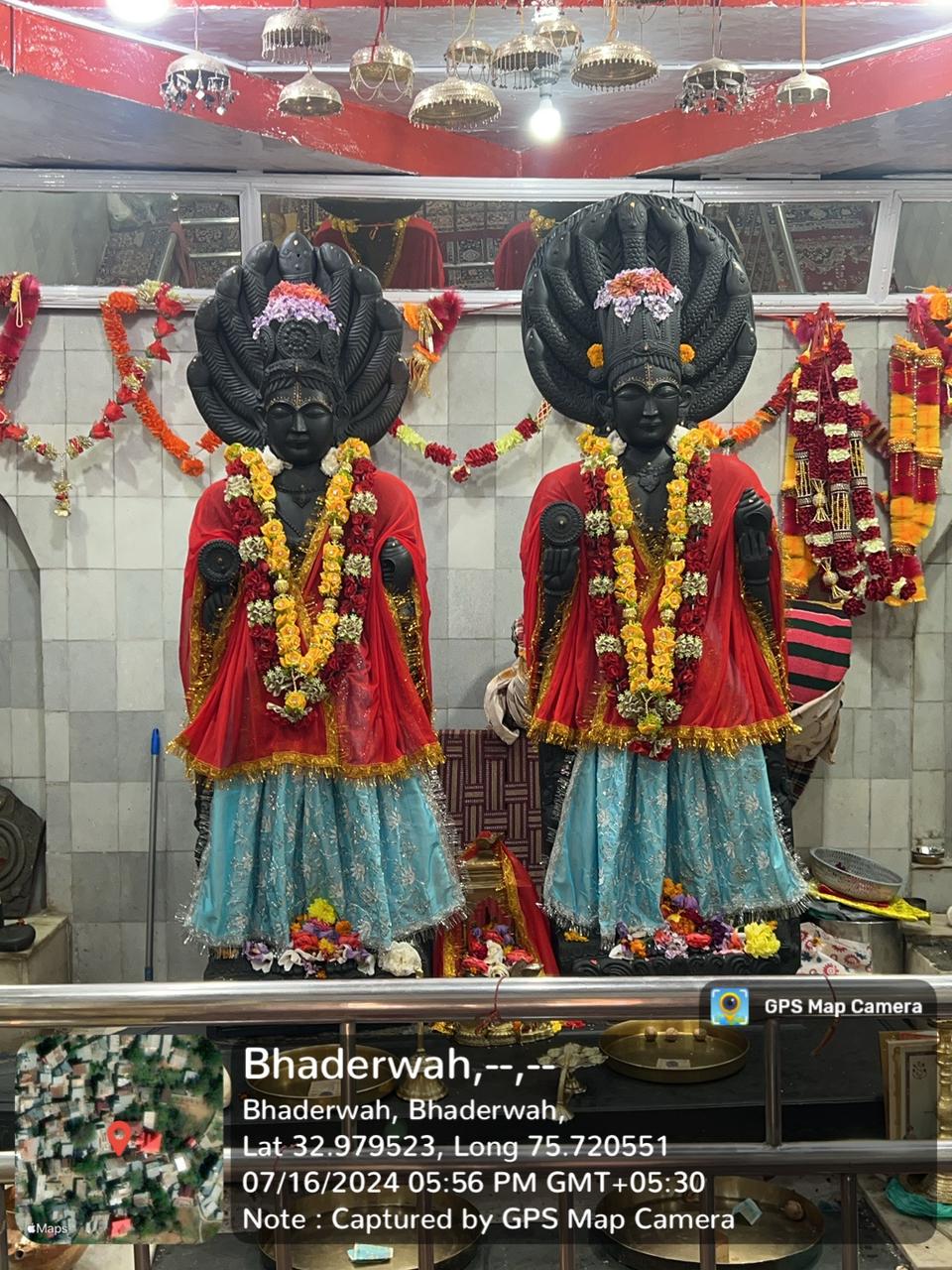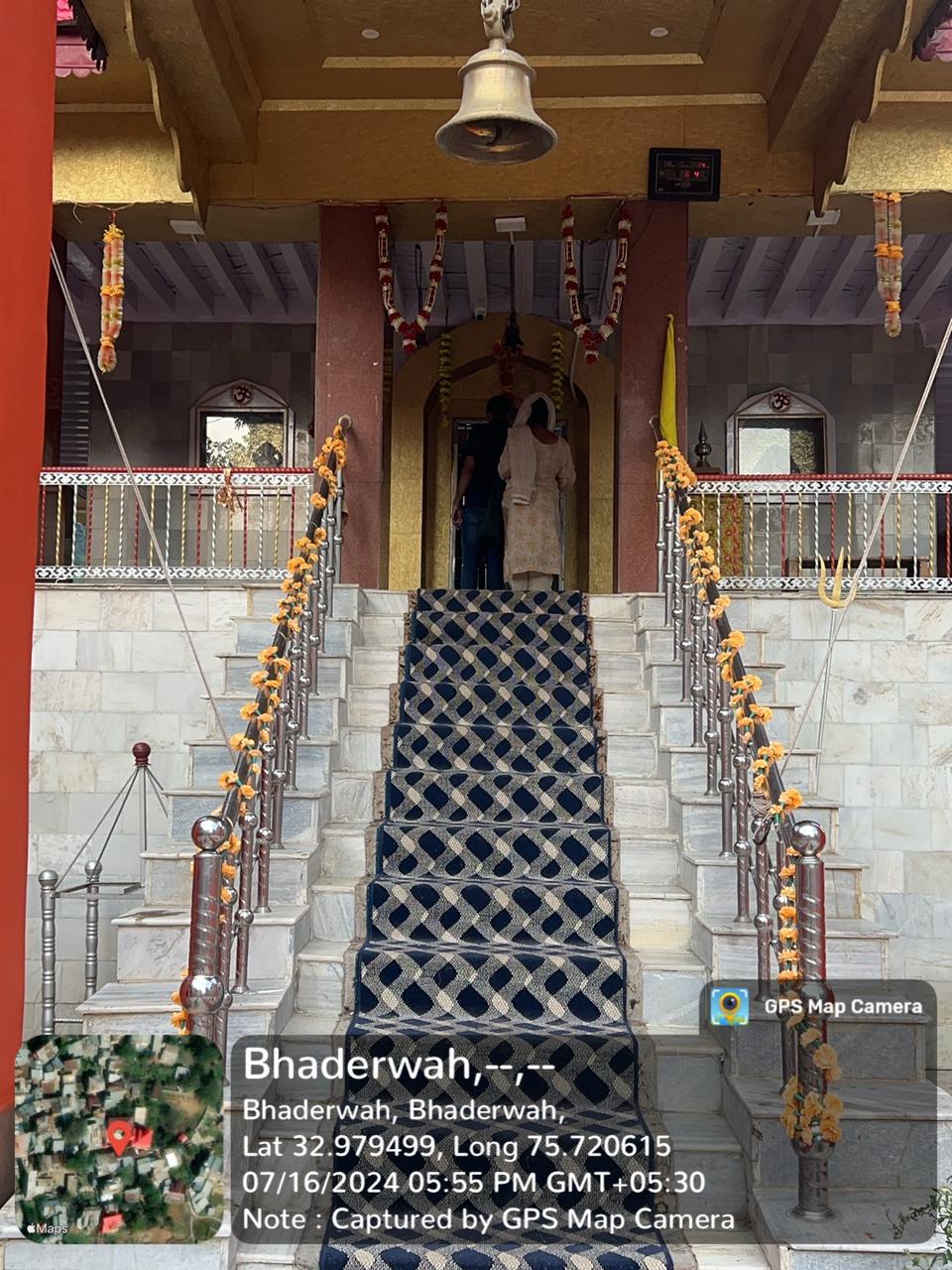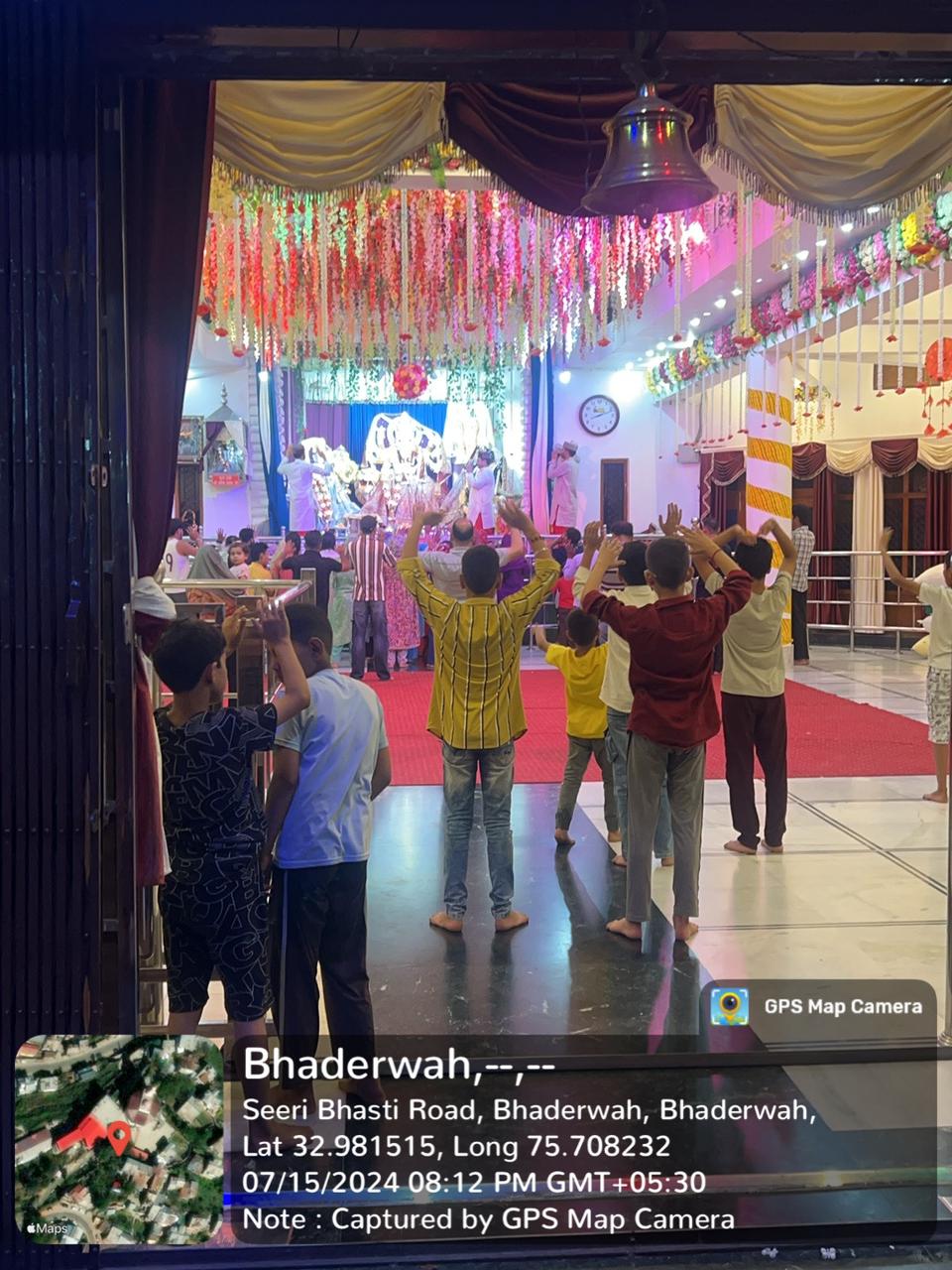Description
Introduction to Thanala and Bhaderwah
Thanala is a charming village located in the Bhaderwah Subdivision of Doda District, Jammu & Kashmir, India. Positioned about 10 km from the tehsil headquarters in Bhaderwah and around 46 km from the district center in Doda, Thanala is known for its captivating landscapes, vibrant cultural heritage, and traditional way of life. This small village, covering an area of approximately 275.2 hectares, is home to 1,665 residents, with a nearly equal distribution of males (858) and females (807). Thanala lies within the picturesque Bhaderwah valley, often referred to as "Chota Kashmir" (Mini Kashmir) due to its lush greenery, dense deodar and kail forests, and panoramic views that attract visitors throughout the year.
Bhaderwah, the broader region surrounding Thanala, is blessed with natural beauty that changes with each season, from snow-draped winters to lush, flowering springs and vibrant summers. This natural charm, coupled with historic temples, local festivals, unique culinary traditions, and thriving folk art, has positioned Bhaderwah as an emerging hub for eco-tourism and cultural exploration.
Education and Literacy Improvement
Education is a critical need in Thanala, where the literacy rate stands at only 22.34%. The literacy rate for females is particularly low, at just 9.79%. To bridge this gap, initiatives are planned to establish literacy camps, provide educational materials, and offer basic and digital literacy workshops for children and adults alike. The project will also introduce scholarship and mentorship programs aimed at encouraging higher education among young people, especially girls. The focus on education will not only empower individuals but also lay the foundation for sustainable development within the community.
Skill Development and Employment Opportunities
Economic empowerment is essential for the residents of Thanala, and vocational training programs will be implemented to equip locals with skills for income generation. Training will cover various fields such as handicrafts, tourism services, eco-friendly practices, and sustainable agriculture. By offering specialized skills, the project aims to enable residents to create self-sustaining job opportunities that complement the local economy and environment. Workshops on sustainable agriculture practices will also help local farmers increase yields and adopt eco-friendly farming methods, further boosting their livelihoods.
Infrastructure for Sustainable Tourism
To preserve the natural beauty and historical significance of the region, the project will promote sustainable tourism practices in Bhaderwah. Key locations like Padri Meadow, Jai Valley, and the Gupt Ganga Temple will be enhanced with eco-friendly facilities to accommodate tourists while minimizing environmental impact. Additionally, local residents will be trained as tour guides, enabling them to share Bhaderwah’s rich cultural heritage and historic sites with visitors. This will provide tourists with an authentic and immersive experience while creating job opportunities for the locals.
Supporting Local Crafts and Agriculture
Thanala’s local economy can greatly benefit from promoting its unique agricultural and handcrafted products, such as the GI-tagged rajma, traditional pickles, and hand-woven textiles. By establishing marketplaces and adopting a cooperative model, artisans and farmers will gain better pricing, marketing support, and access to wider markets. This support will help preserve local crafts and boost incomes, making these products more visible and accessible to both tourists and regional markets.
Cultural Promotion and Community Engagement
The cultural heritage of Thanala and Bhaderwah is rich and diverse, encompassing traditional festivals, music, dance, and cuisine. Events and fairs will be organized to celebrate and showcase the community’s unique identity, fostering local pride and attracting visitors. The project also includes efforts to restore and maintain historical sites and religious landmarks, making them accessible to tourists and enhancing the area's cultural appeal.
The History of Bhaderwah: A Tapestry of Heritage
Bhaderwah’s history is a blend of ancient traditions, religious influences, and a legacy of various dynasties. Known as "The Land of Vasuki Naag" , Bhaderwah has been shaped by Hinduism, Buddhism, and later Islam, which together form its unique cultural identity.
Early Buddhist Influence
The region's archaeological findings indicate the presence of ancient settlements, with a significant Buddhist influence. Sites such as the Thanala Caves, dating back to the 6th or 7th century AD, hold carvings and sculptures that hint at the presence of Buddhist monks and suggest that the area may have been a part of a pilgrimage route.
Hindu Heritage and Mythology
Bhaderwah holds strong ties to Hindu mythology, with local legends suggesting that the name "Bhaderwah" comes from the Hindu deity "Bhaderkashi." The valley is considered sacred, and ancient temples dedicated to various deities are focal points of religious gatherings. These temples continue to play a vital role in the spiritual and cultural life of the community.
Influence of the Chamba Dynasty and Rajput Rule
During the medieval period, Bhaderwah was under the influence of the Chamba kingdom, which ruled over parts of present-day Himachal Pradesh and Jammu and Kashmir. Rajput rulers from the Chamba dynasty brought administrative reforms, and their architectural style is evident in Bhaderwah's historical structures.
The Battle of Padri Pass
The 1845 Battle of Padri Pass was a significant event in Bhaderwah’s history. This conflict, fought between Bhaderwah's forces under General Shagtu Kotwal and the Chamba Dynasty at the strategic Padri Pass, underscored the historical rivalry for control over trade routes and fertile lands. In this battle, Bhaderwah’s forces emerged victorious, marking an important moment of regional autonomy before Bhaderwah joined the Dogra-ruled Jammu and Kashmir.
The End of Chamba Rule and the Rise of the Dogra Dynasty
The Chamba Kingdom's influence over Bhaderwah ended in the 19th century with the rise of the Dogra dynasty. Maharaja Gulab Singh, the first Dogra ruler of Jammu and Kashmir, expanded his territory through conquests and diplomacy. Following the First Anglo-Sikh War in 1846, the Treaty of Amritsar was signed, making Gulab Singh the Maharaja of Jammu and Kashmir, and Bhaderwah was annexed into the newly established princely state. This marked the end of Chamba’s control and ushered in a new era under Dogra rule.
This overview captures the essence of Thanala and Bhaderwah as both a scenic destination and a region steeped in history. Efforts to improve education, promote sustainable tourism, support local industries, and celebrate cultural heritage aim to enhance the quality of life for Thanala’s residents while preserving its unique identity for future generations. Through these initiatives, Thanala and Bhaderwah are poised to become vibrant examples of balanced development and cultural preservation.
Photos
Videos
Location Map
Contact Information
| Address |
Village Thanala near Bhaderwah-Chamba Hwy, Bhaderwah |
| Phone Number |
8803531523 |
| Email Address | |
| Website | https://localbodydata.com/gram-panchayat-thanalla-239473 |


























